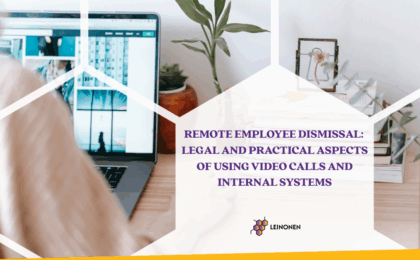Limited resources for small and medium-sized enterprises often limit companies to elaborate internal procedures for control of debtors. Moreover, the responsible staff may not know how to tackle situations when debtor has already terminated business or initiated insolvency. If a debtor will be liquidated as per decision of the Register of Enterprises prior a creditor has commenced a recovery of debts, it will not only be impossible to recover debts but also unable to make adjustments for the lost debts provided in the Law of Value Added Tax (VAT) and Corporate Income Law (CIT).
What to do?
For the regular control of receivables and timely identification of bad debtors, a procedure for analysing and monitoring receivables should be established. It should contain detailed information on internal control, deadlines and responsible staff. Obviously, responsible employees should also have information on further actions if the debtor is not responding to obligation to pay debts. Thus, debt recovery procedures need to be initiated. In order to ensure an effective start of the process to the end, i.e. from identification of the bad debtor to recovery of debt or relevant court decision. The procedure should include easily comprehensive information on detailed plan of action for debt recovery.
Do we need it?
Yes, you do. Experience shows that effective debtor control is essential for cash flow planning and strengthening company’s finances. In addition, the development and implementation of debtor control procedures ensures continuity in case of decrease or changes of employees. It reduces the risk when a creditor loses not only it’s own debt but also the right to perform tax adjustments due to absence of supporting documents defined by the legislation.
How to proceed?
The procedure for analysing and monitoring debtors’ debts should include the procedures, deadlines and responsible persons for assessing financial and legal position of debtors, as well as information on types of debt recovery and actions to be taken before legal proceeding, documents and deadlines i.e., pre-trial warning, creditor’s claim to insolvency administrator etc.
Thus, the information described in a control procedure would enable employees of the company to perform all necessary actions autonomously without legal support. Furthermore, the control procedure usually also includes taxation issues i.e., information on actions to be taken and supporting documents required for the creditor to write off debts for VAT and CIT tax purposes, as well as specific document templates i.e., application form to the State Revenue Service, a letter of notification to debtor on admission a debt loss, etc.
If you need professional assistance to draft or develop a debt recovery procedure, please contact Author or other advisory specialists.



